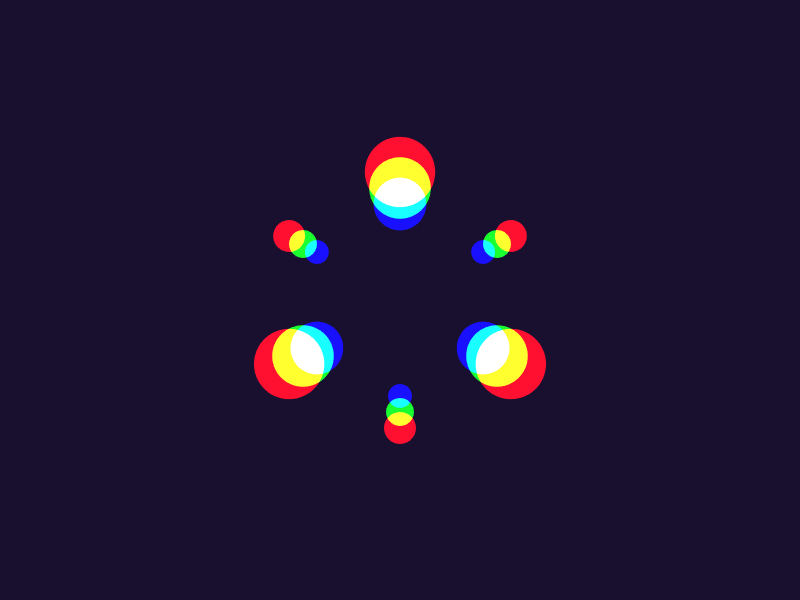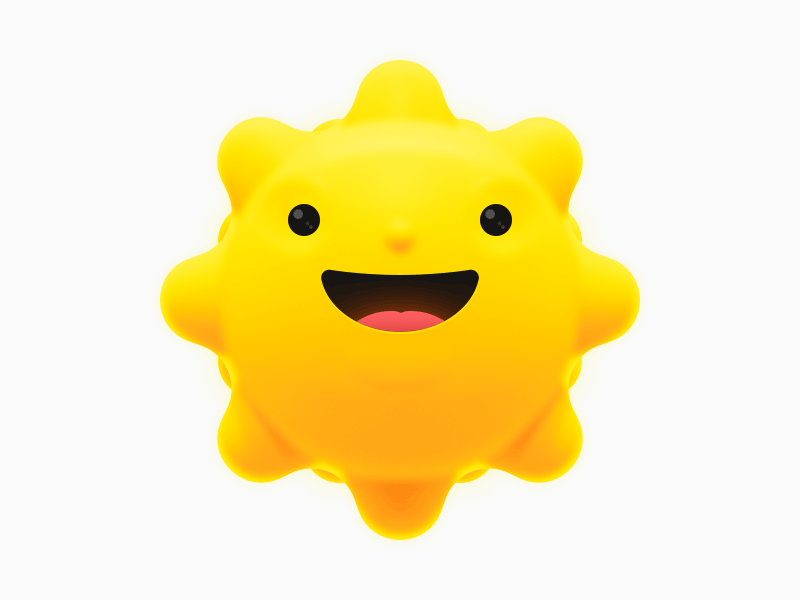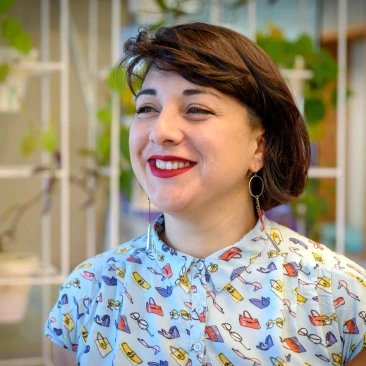What led you into design?
When I was a kid, I nagged my parents non-stop for an Amiga 500. They eventually capitulated, based on the promise I’d use it for school work. I ended up using it predominately to play games and watch demos. The very first demo I watched on it — Mental Hangover by Scoopex — was such a monumental moment in my life that I still remember it vividly. I was completely flawed by the music, the graphics, and the fact it was even possible. I realise that might seem hilarious, watching the video with the benefit of hindsight, but it really was pretty special for the time.
It wasn’t a conscious decision, but from that moment on, I pursued music, design and programming. I spent hours and hours in DPaint IV, hand anti-aliasing demo and game graphics, trying my best to reach the standards set by The Bitmap Brothers and their peers. I struggled a lot at school, and ultimately dropped out after Year 11. Following my interest in design led me to a one year course in art direction and photography. Thankfully, I was able to land a job in the ad industry a few months after finishing. Leaving school early and not attending university meant I was the youngest person on staff for the first few jobs I had.
During that time, I was a little sidetracked with a career in music. It didn’t pan out how I hoped, but it was a lot of fun, and the skills are pretty handy to have today.
From there, I moved into photo retouching — I was given an opportunity to prove myself after a tight deadline meant the work needed to be done in-house. Retouching was typically outsourced, but I think agency enjoyed earning hundreds of dollars an hour while paying me a tiny fraction of that.
I’ve been incredibly fortunate to find some good mentors along the way, and I intend to pay it forward by helping as many people as I can.
In many ways, working on software now is a return to where I started, and I’m doing my best to get back into programming as well.
What does a typical day look like?
We’re a tiny company, so there’s a lot of variety day to day. The reality is that I do a lot of admin work, rather than designing.
Typically, I start by answering as many support tweets and emails as I can. As well as ensuring I stay on top of things, it helps me feel like I have accomplished something, even on days where other projects stumble.
I then often move on to my to-do list. I have a very simple structure for my to-do list — it’s a single Markdown file with a bulleted list. As items are completed, I remove them.
The middle of the day is usually filled with admin and design maintenance chores — if there are jobs to be done to finalise a release or help developers continue to work, I like to get that stuff off my to-do list as fast as possible.
Late afternoon is left for loftier design work. This could be where I’d attempt some icon design or figuring out a grid system. And maybe a little bit of icon speedrunning.
If there’s time, I use the night for writing articles and programming experiments.
The absence of meetings is intentional.
What’s your setup?
I have a fairly uninspiring setup — an IKEA desk, an exercise ball for a seat, and a pretty dark room, where lighting is fairly consistent throughout the day (this helps with colour critical work, and it minimises screen reflections). We’re a remote team, so I am the only person in my office. It’s just me, and no arguments over the music that’s playing.
Most of my design work is done on an iMac Pro. I’ve been incredibly impressed by it, especially the display. It’s such a joy to use. I also have a 13-inch MacBook Pro, for when I’m not at my desk. This is going to make some people cringe, but I actually use and like Apple’s Magic Mouse.



Where do you go to get inspired?
I like walking. It gives my mind the chance to wander, and often a 20-minute walk to grab a coffee is enough to find a solution to a complex problem. If it’s not, the best approach is often to do something else and let your subconscious try to resolve it in the background. If you want a well-considered, well-researched solution, the main ingredient is time.
What product have you recently seen that made you think this is great design?
Sebastiaan de With and Ben Sandofsky have done an amazing job on Halide.
Erica Anderson and Saskia Freeke are a great source of inspiration for their abstract animation and generative artwork. Dave Whyte’s mindbendingly good GIFs are pleasing on so many levels.
The Pitch website’s illustrations are refreshing and lovely.
Rasmus Andersson’s Inter UI was good at launch, and it has been relentlessly improved since.
I’ve also really been enjoying Unravel and Unravel Two — I think it’s important to get inspiration from a wide range of places outside our immediate industry. They’re visually stunning games and a lot of fun to play. Oh, and Inside.



What pieces of work are you most proud of?
I find I have a certain level of detachment from finished work. It often doesn’t feel like it’s mine after being released, and that means I’m not sure I ever feel proud, even if I think I did an okay job.
Having said that, I find app icons to be creatively and technically difficult, spanning multiple disciplines, from illustration to 3D modelling. The iStat icon family required a phenomenal amount of work, and I am really happy with how it all turned out. It is frustrating, but the mysterious and challenging aspect of icon design also makes it rewarding. For me, good icons feel like a fluke. I look back and I am detached from the part of the work that was done in a manic frenzy with no concrete goals or direction beyond “create this app icon”.




What design challenges do you face at your company?
We’re a small company with limited resources, so if we can’t do something ourselves, we often can’t do it at all. It does mean I am forced to learn new skills as we require those abilities.
I’m also pretty disappointed with our entire design workflow, but the fixes I want require new tools, which is why we’ve ventured into that space ourselves. There’s zero chance I am going to spend the rest of my career working how I have been. Things could be so much better. We’re going to make them better.
What music do you listen to while designing?
Any advice for ambitious designers?
Yes! Don’t ask for permission. If you want to gain expertise in something, find a way to do it that doesn’t require the blessing of someone else. This could be via a side project or some other means.
Be part of the community. Helping others is a great way to learn, and there are lots of experienced designers who would love to help you. I started a Slack team with Matt Kelsh to do just that. If you need help, please say hi.
Passion and eagerness to learn are far more valuable than a good folio.
Try to pick a growth area to specialise in. It’s easier to find work in an expanding market than a contracting one. Employers are more willing to take a risk on someone if they don’t have any other choice.
Ethics matter and they will matter even more in the future. If you are building software, you are responsible for the consequences of that software.
You absolutely need to have a firm grasp on colour management.
Anything you want to promote or plug?
If you’re a designer or developer, and you don’t fully understand colour management, please read my articles on the topic.
I’ve also created a bunch of open source design resources you may be interested in.
And finally, we’re building a new design tool, called Skala. We’ve been working on it for over seven years. I think it’s going to be pretty good.








